





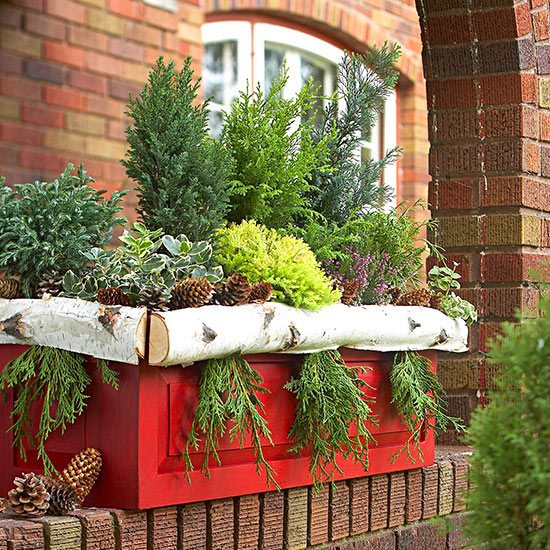
In containers and planting beds in highly visible areas, consider replacing tender annuals with chilly-weather favorites. What you use to stage a winter color display largely depends on where you live. In regions with mild winters, fill the garden and containers with hardy annuals that can withstand frost or even a hard freeze. Flowering cabbage and kale continue to display arresting leaves as cold weather lingers. Nemesia, pansy, snapdragon, stock, sweet alyssum, and viola persist as temperatures tumble. These colorful plants dress wintry scenes with summer-worthy hues.
To flesh out the garden, be liberal in employing grasses to serve a supporting role in the winter color production. With or without seed heads, grasses can dress a garden or container throughout the cool months, adding color, movement, and texture.
Succulents and herbs show strong staying power after frost arrives, especially when they're tucked into planting beds. In a mild climate, rosemary, oregano, and scented geraniums infuse the winter garden with living greenery.
In frigid areas, celebrate the garden's quiet season by stuffing containers and window boxes with materials that stand up to snowfall. Gather evergreen boughs, berried branches, pinecones, and grain seed heads for an attractive mix.
Leafless branches of Cardinal or yellow dogwood give winter container arrangements colorful height. Clip broadleaf evergreens,
such as holly, mountain laurel, boxwood, and rhododendron, to introduce different textures. Branches of trees that hang onto leaves through winter -- like beech and some oaks -- infuse containers with added structure and interest.
Follow these tips to make the most of winter creations composed of garden gleanings:
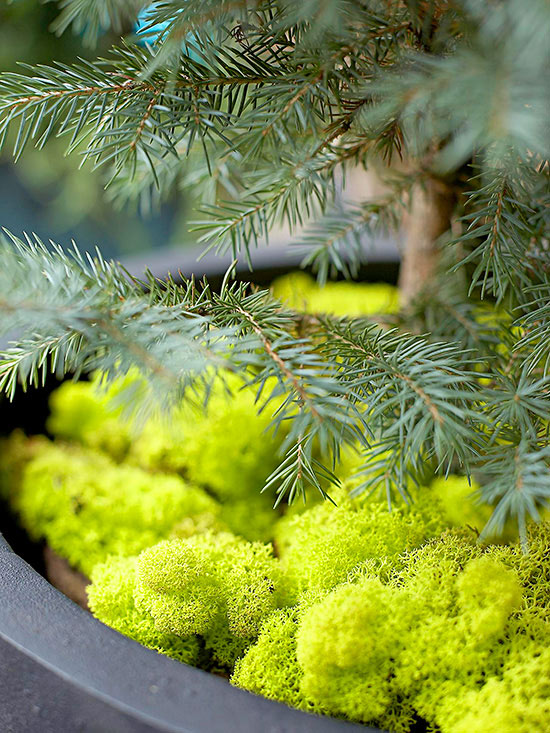
In winter containers, top bare soil with material that enhances the display when snow isn't present: sphagnum moss, pine straw, reindeer moss, pinecones, or stones.
Set the stage for garden drama by filling containers with winterproof materials. Choose a container that's equally winter-hardy. Concrete, stone, cast iron, wood, and fiberglass fill the bill. Moss-lined metal hayracks and baskets also survive winter weather.
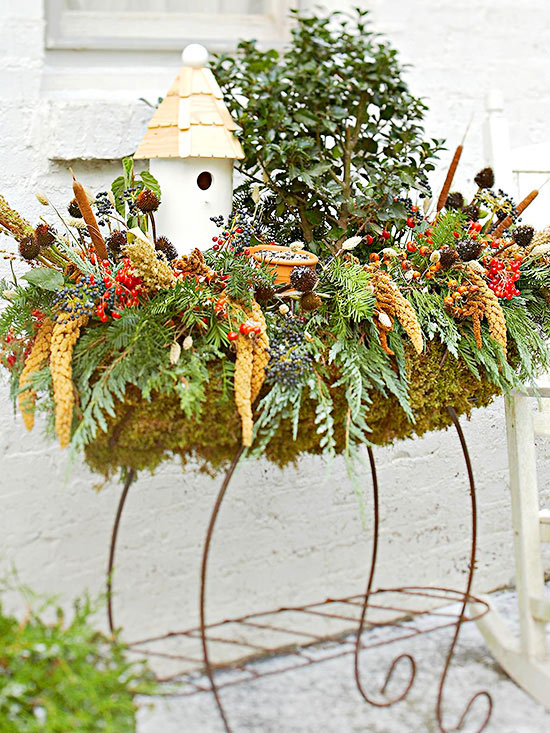
Design a beak-pleasing buffet in a metal stand overflowing with seedy treats. Create a background of evergreen boughs so seed heads stand out.
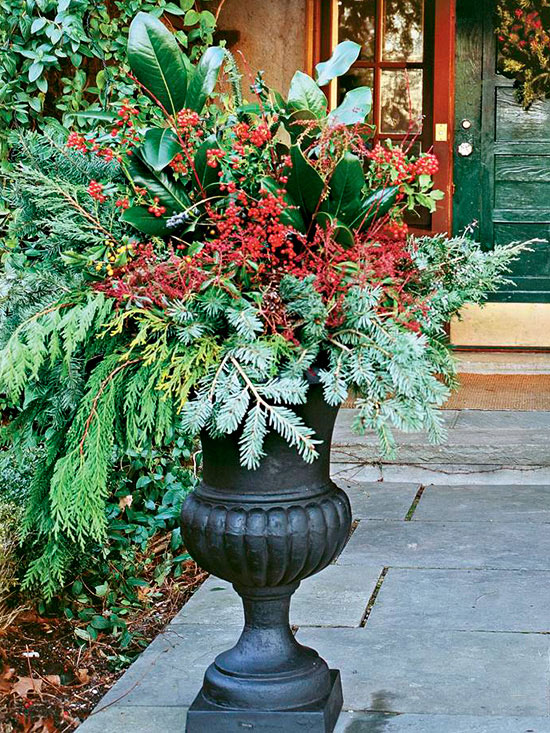
Red winterberry branches shine in an arrangement of mixed broadleaf and needle evergreens. Scarlet rose hips contribute to the textural creation.
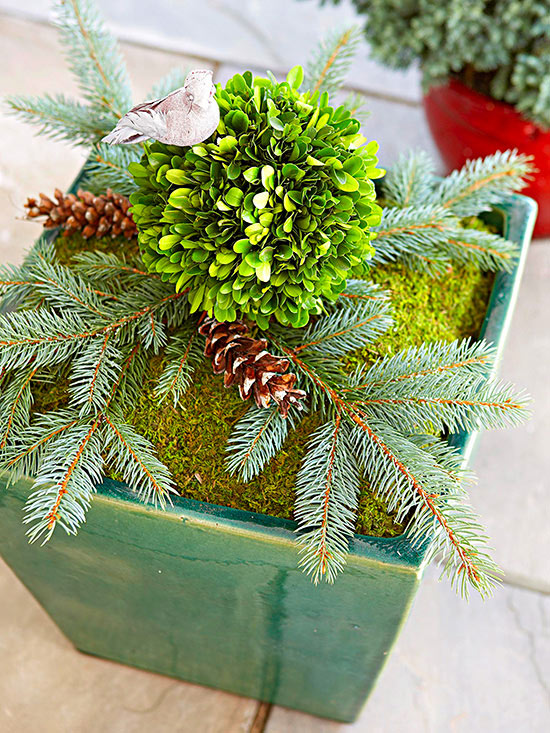
Classic four-part harmony sings in an elegant container featuring a miniature boxwood, evergreen branches, pinecones, and moss.
Copyright © www.100flowers.win Botanic Garden All Rights Reserved